Search results for: “need”
-

Set the Class Tone on the First Day
This year I will have the exciting opportunity of teaching an introductory physics class to students on vocational tracks. For those not understanding ed-speak, this means that I will be taking a class of kids who have probably already failed in 8th grade, have poor test scores and may have already given up on school….
-
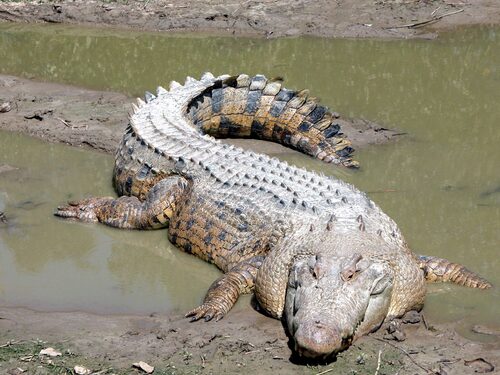
Finding Images for Your Projects and Classroom
One of the most common searches I do on Google is for images. I may need images for a cell unit. I might want a simple diagram of the heart. Google makes it very easy to add images to your slides and documents. There is a built-in image tool! If you are just searching on…
-

Video Worksheets on Animals and Biology
These are videos that I show in class, either in their entirety of just clips. The worksheets simply ask questions that can be answered as the movie progress, which helps keep students focused.
-

Encourage Reading and Following Directions with a Square
Most biology classes will have at least one dissection in the year, though specimens can range from the commonly used frog, to the less expensive grasshopper. No matter what you choose to dissect, the biggest challenge most teachers face is getting students to follow directions. Based on the talk I hear in the teacher’s lounge,…
-

Easy Science Fair Project Ideas
Science fair project ideas for middle and high school students that are quick and easy to set up.
-
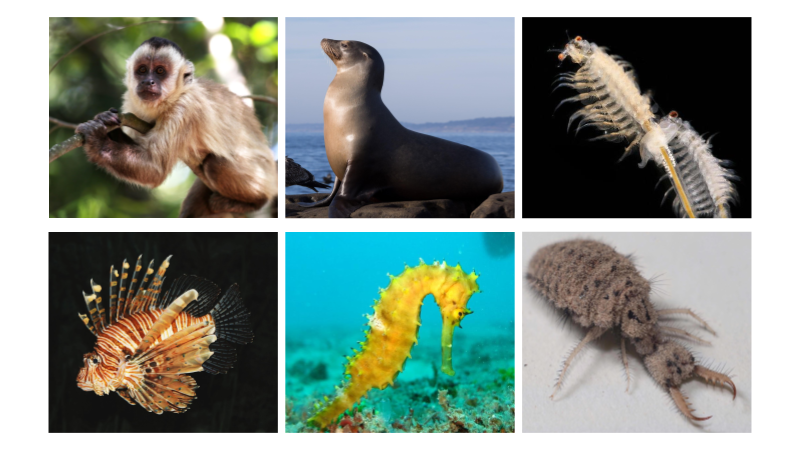
Taxonomy – The Science of Classifying Organisms
Why do we need a system to classify and name organisms? Here are some common names: Common names can be misleading. A sea monkey is a type of shrimp. A spider monkey is not a spider, and a sea horse is fish. Sea cucumbers are strange little invertebrates that are related to starfish. Common names…
-
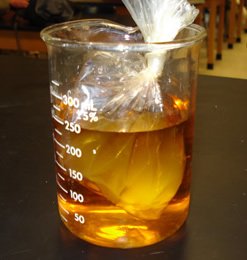
Observing Diffusion Using Iodine and Plastic Bags
Use simple materials to model diffusion. Place corn starch in a bag and then submerge into a solution of iodine.
-
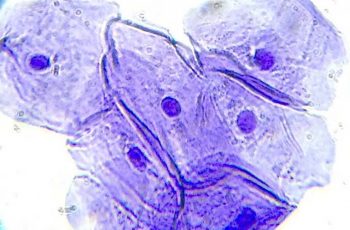
How to View Cheek Cells with a Microscope
Simple activity for observing cells. Use methylene blue and toothpicks to gently scrape cells from the inside of a cheek and view under a microscope.
-
Privacy Policy
Last updated March 26, 2023 This privacy notice for Chimeric Inc (“Company,” “we,” “us,” or “our“), describes how and why we might collect, store, use, and/or share (“process“) your information when you use our services (“Services“), such as when you: Questions or concerns? Reading this privacy notice will help you understand your privacy rights and choices.…
-
Policies
Advertisements I use third-party advertising companies to serve ads when you visit our website. These companies may use information (not including your name, address, email address, or telephone number) about your visits to this and other websites in order to provide advertisements about goods and services of interest to you. If you would like more…
-
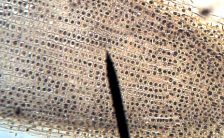
Cells Activities and Teaching Resources
Microscope Activities Introduction to the Microscope – E Lab – explore how to use a light microscope (Letter E Slides) Microscope Coloring – label and color the parts of the microscope Label the Microscope – simple graphic to practice identifying microscope parts Guide to Using the Light Microscope – step-by-step instructions on how to focus…
-
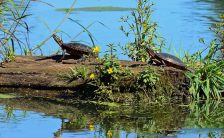
The Biology Corner
Biology is the study of life and living organisms, from the smallest bacteria to giant sequoias. Biologists use observation and experimentation to gain an understanding about the natural world. Branches of biology include anatomy, biotechnology, botany, cell biology, ecology, genetics, medicine, microbiology, molecular biology, and zoology. Many people entering the field of biology…

